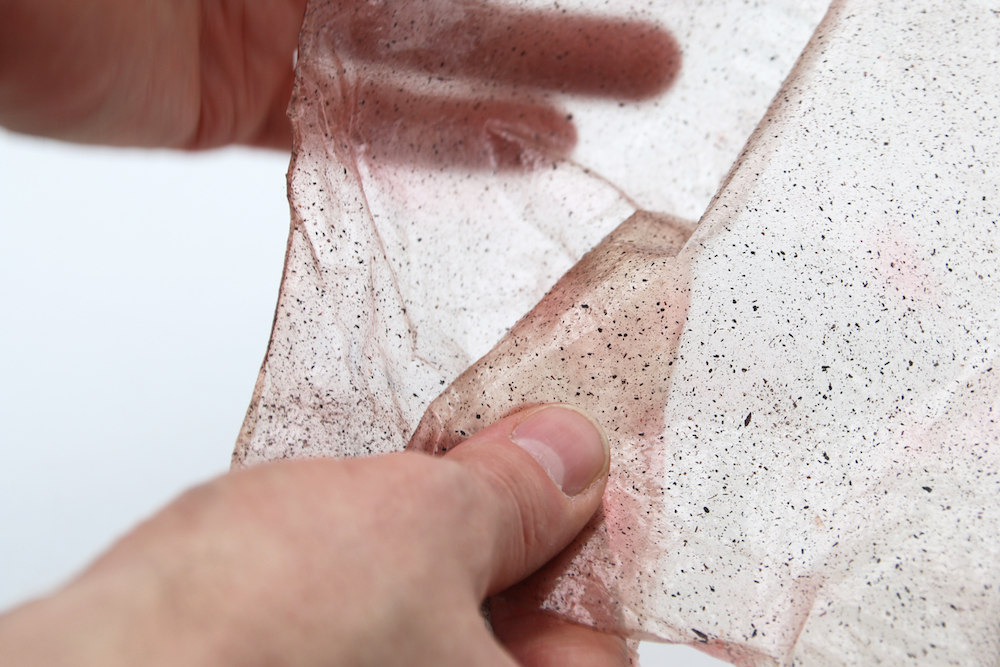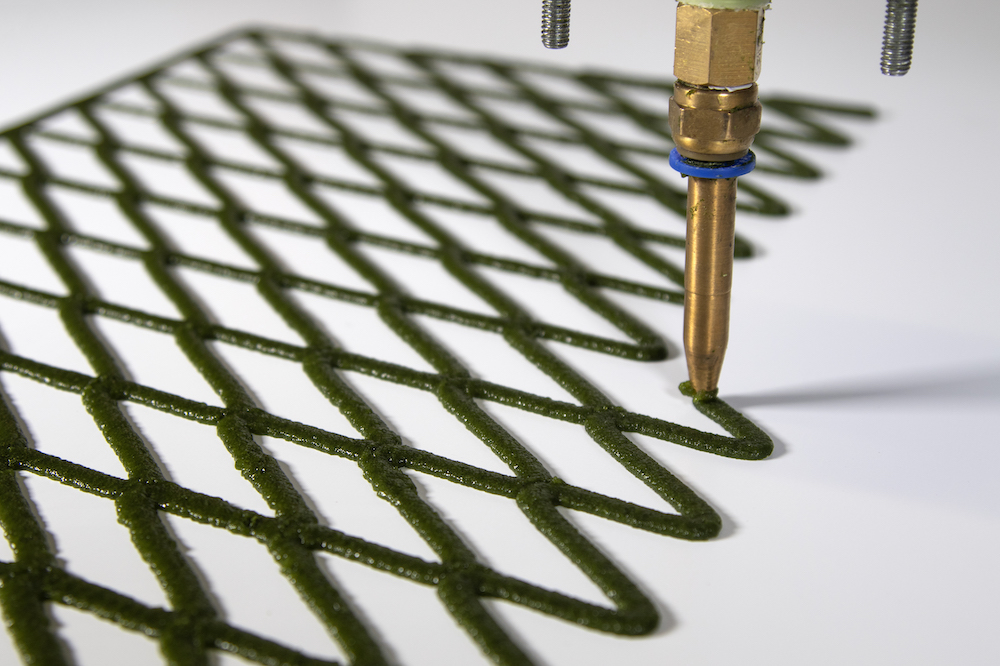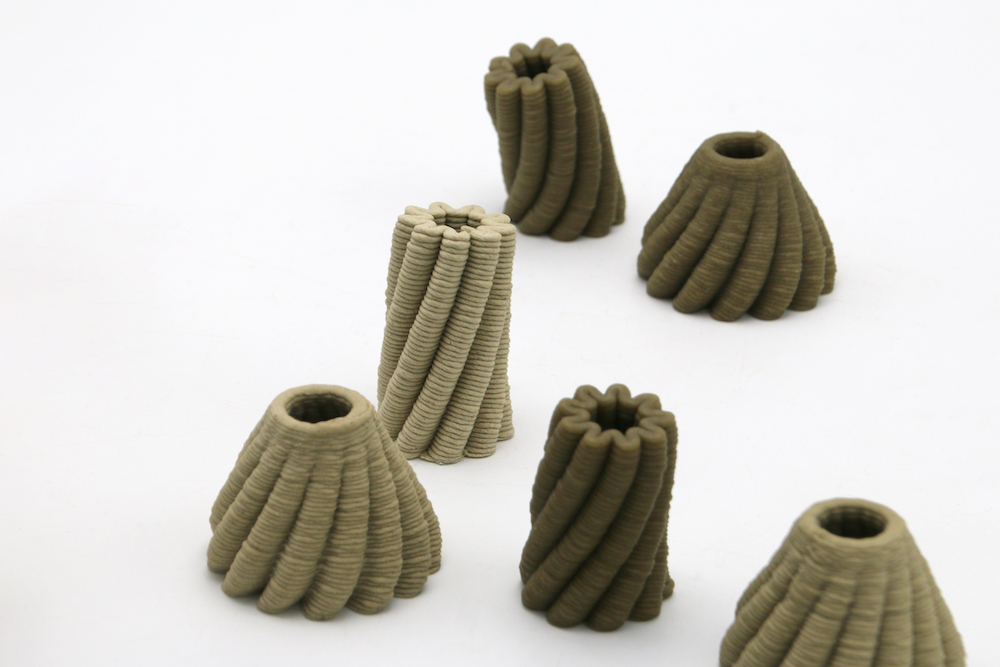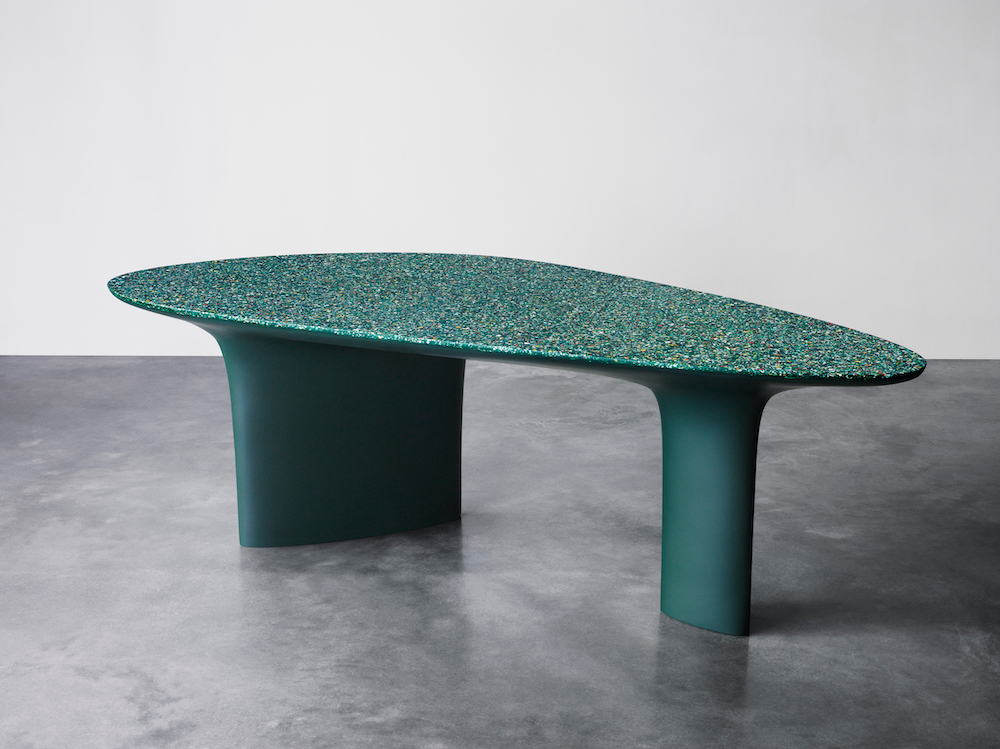Sydney Design Week 2023 explores urgent social, environmental and ethical issues
 When the 2023 Sydney Design Week “Amodern” launches on 15 September, its program of more than 60 talks, tours, exhibitions, workshops and films, will present macro and micro ideas to highlight six platforms: Eco Systems, Material Cultures, Communal Cities, Micro Cycles, Connected Threads and Photofields. Conceptually shaped by the writings of the late French philosopher, Bruno Latour, who advocated for a stronger connection between nature and society, Amodern will take the public inside urgent social, environmental and ethical issues to meet designers, researchers and architects at the forefront of change. “We wanted to include as many new voices as possible this year,” remarks Keinton Butler, the festival’s creative director, and senior curator, design and architecture at the Powerhouse Museum, as we discuss the program that is tantalizingly broad in scope and layered in research and action, poised to upend the status quo. “The idea is to open up the discussion around entrenched ideas and narratives about production and consumption, and to involve greater Sydney and some of the practices we haven’t worked with before. I think with the sociological and ecological context in which design operates, where designers are tasked with responding to the changing climate, design practices are becoming more cross-disciplinary and complex as a result.” New voices, talent and perspectives are front and centre, with each platform investigated by curators across a range of design disciplines and industries. Architecture Amplified’s Kate Goodwin and co-director of Sibling, Qianyi Lim, are behind the Building Communities Symposium that will explore how built environments can provide cohesion and belonging for different communities. Wiradjuri anti-disciplinary artist and Powerhouse design resident, Joel Sherwood Spring, has curated “Objects testify: to understand the impact of Australia’s built environment on First Nations communities at a very important moment. While the multifaceted urban food program part of Eco Systems curated by Megafauna’s Xinyi Lim, explores the way design practices and new technologies are finding inventive solutions to secure the city’s food systems at a time of growth and climatic extremes.  Other standouts include the exhibition and workshop series inside UTS’s Material Ecologies Design Lab (MEDL) and the team’s fascinating research into algae and biomaterials, rubber and glass circularity; Modest Fashion Design Studio’s exploration of cultural identity and emerging talent in Parramatta; the future of food production in action at Jiwah Indigenous Rooftop Farming in South Eveleigh, Urban Green Sydney in a carpark below Barangaroo, the National Vegetable Protected Cropping Centre and Warragamba Dam; the story of Liddell Power Station’s metamorphosis into a clean energy hub for the contemporary photography commission “Yesterday New Future”; and the PHIVE Building Communities Symposium that explores the interrelationship between architecture, community and equitable environments through walks, talks and site-specific performances.   Photo Angela Moore. “This design week is hopefully going to plant a seed for new ideas and approaches,” continues Butler, who has been involved in every element of a program that builds on her curatorial interest in designers responding to social, ethical and environmental issues. “Warragamba Dam provides 80 percent of Sydney’s drinking water so that draws on larger issues around design, water usage, energy and food production. While, on a molecular level, algae, fungi and micro-plastics all highlight a connection between nature and society. These are all very potent ideas for us in responding to the changing climate and the work that needs to happen, and I feel incredibly optimistic. I hope the public gets that feeling too.” Heidi Dokulil The original article first appeared in ArchitectureAU. |